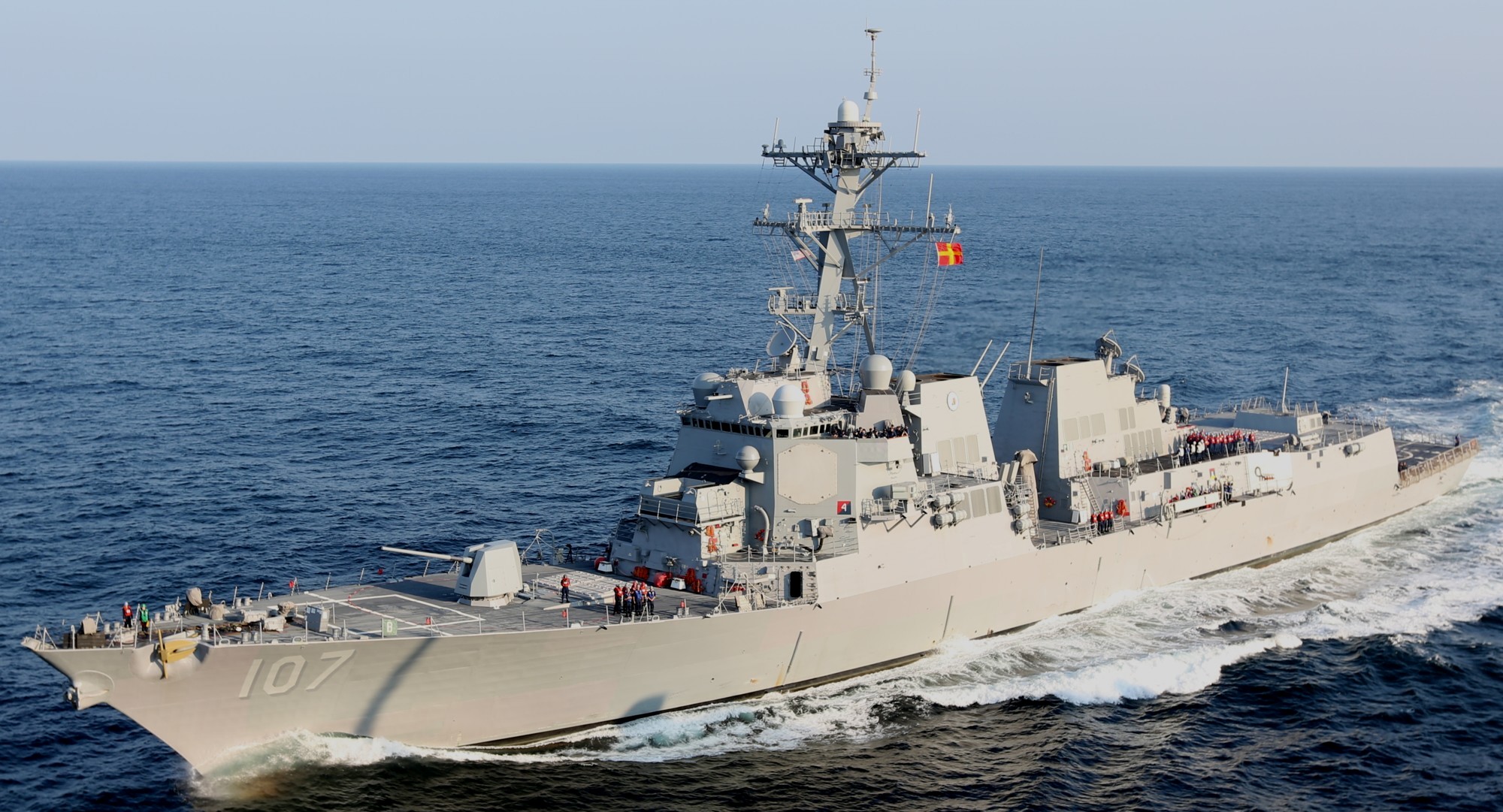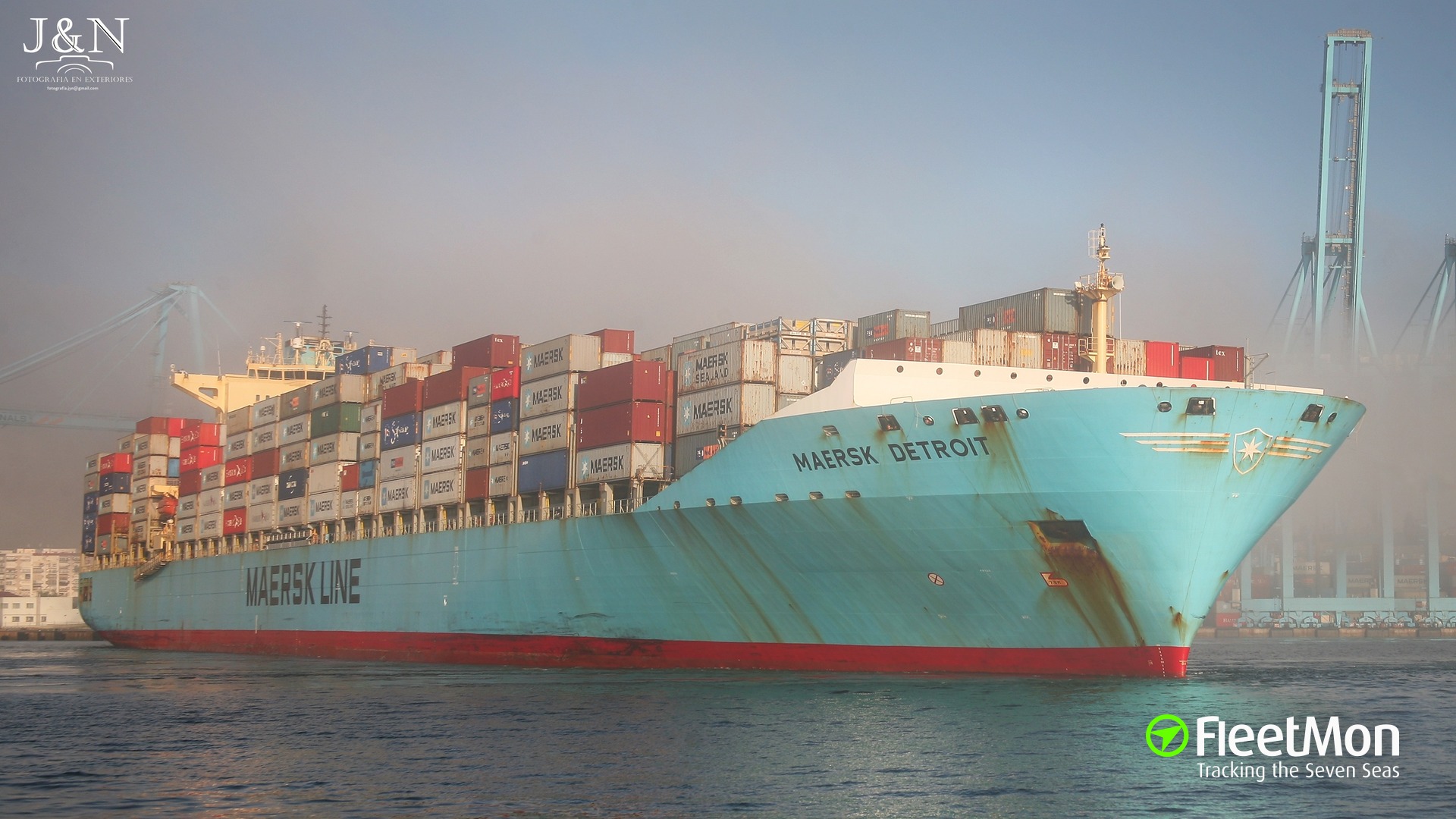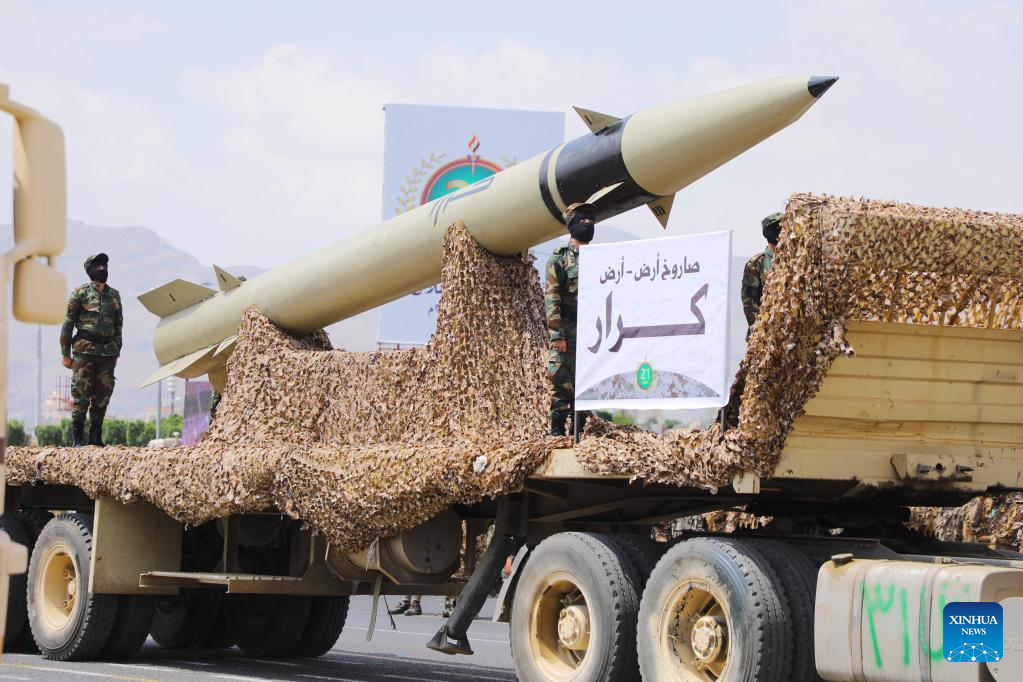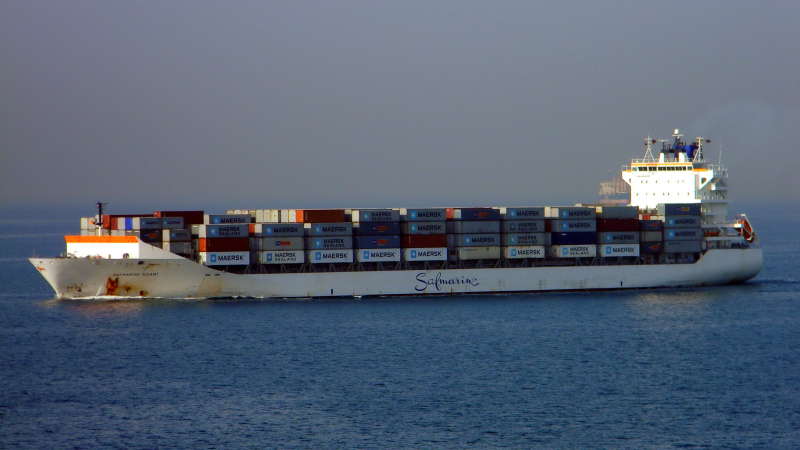International
Houthis defeated tactically US Navy in the Gulf of Aden

Although the media have given little prominence to the news, the U.S. Navy has suffered a crushing tactical defeat in the Red Sea and, more importantly, is unsure what to do to resolve the impasse.
CENTCOM issued a very dry press release yesterday stating that in the afternoon “Iranian-backed Houthi terrorists fired three anti-ship ballistic missiles from Houthi-controlled areas of Yemen toward the U.S.-owned and operated U.S.-flagged M/V Maersk Detroit container ship transiting the Gulf of Aden.
One missile impacted the sea. The other two missiles were successfully engaged and shot down by the USS Gravely (DDG 107). No injuries or damage to the ship were reported.” All was well, apparently, but in reality, it was not all positive. The two container ships decided to change course, in agreement with the U.S. Navy, and headed for the Cape of Good Hope. Maersk permanently stopped transiting through the Suez Canal.

Maersk Detroit
The engagement occurred as two U.S. merchant ships—the Maersk Detroit and the Maersk Chesapeake—were attempting to traverse Bab al-Mandeb from south to north while covered by the USS Gravely. The defensive umbrella of an AEGIS destroyer should have made this passage easy, but something went wrong. CENTCOM admits that one of the Houthis’ tactical ballistic missiles—a trivial target for sophisticated missiles like those on U.S. ships—overtook the Gravely’s interceptors.
What they neglected to say is that the missile struck within a hundred meters of Maersk Detroit and that after the attack, the convoy aborted transit and retreated to the Arabian Sea rather than continue under enemy fire. Was the change, of course, the right decision? Probably yes, since the extent of the other Houthi missile batteries ready to attack the ships was unknown, and two out of three missiles had too low a percentage of defense to guarantee safe passage, even considering that air cover was not assured at the time.
The mission had probably started with the belief that air strikes had destroyed most of the Houthi anti-ship batteries in the area and that the AEGIS system could easily handle whatever was left in the area available to the Houthi militias. This turned out to be a glaring error of judgment, and the two container carriers had to change course.

Houthi Missile
In the end, none of these assumptions proved correct, which is why a convoy covered by one of the U.S. Navy’s most important warships withdrew from a battle that was going badly. It is a realistic choice, but at this point, the U.S. Navy does not come out of it very well: a poorly structured armed force nonetheless manages to checkmate the naval operations of what boasts of being the most powerful navy in the world and which does not quite know how to respond to missiles costing a few tens of thousands.
We are at the race, historically, between offensive and defensive weapons, which, in this case, is being fought from an economic point of view because it is an economic war: offensive weapons cost much less than defensive ones, especially for the purpose for which they were built, which is to threaten transport ships.

Maersk Cheasapeake
The U.S. can now respond by spending a few tens, or hundreds, of millions of dollars to destroy one or two million dollars worth of Houthi equipment, and here you understand the strategic defeat: it is like the U.S. using a million-dollar Abrahm tank to attack a machine gun truck, perhaps from second-hand conversion, that costs $10,000 all-inclusive, with the aggravating factor that U.S. production capacity is infinitesimal compared to the scrap metal the Houthi can use to build their own weapons.
If the U.S. wants to win, it must look at commercial production, not the industrial-military complex; otherwise, it will suffer further bitter defeats in the Bab el Mandeb. The vision must change radically, or else they had better abandon the fight.






